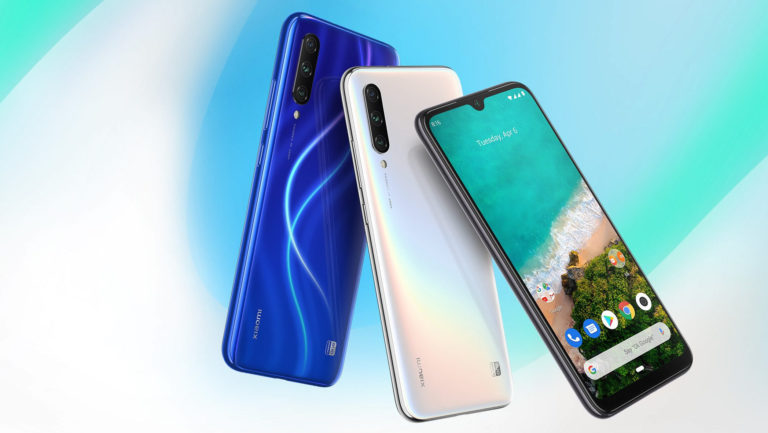KCB MPESA borrowers will effectively pay more for their mobile loans after the lender adjusted interest rates upwards from 4.08 percent to 7.5 percent. The platform has experienced an impressive following due to the attractive interest rates as well as convenience for mostly business owners who needed short term loans to boost their businesses. KCB MPESA has mostly served as a cheaper alternative to Mshwari which is also available on Safaricom’s mobile wallet platform.
Kenyan’s using the platform were surprised on the new development with some arguing the lender did not utilize the platform well to shield “good” borrowers from such hikes. In some instances, you’d imagine defaulters to be subjected to such hikes while those in good books enjoying some form of assurance.
The interest hike is staggeringly high especially for those with higher limits and as such if you borrowed Ksh. 40,000 under the previous rates, you’d be expected to pay back with an interest of Ksh. 1,632 compared to the new regime rates where borrowing a similar amount means you’ll have to pay Ksh. 3,001.60 instead.
KCB MPESA was viewed as an effective option to MPESA customers in need of short term loans at an attractive low interest rate. Just like Mshwari, KCB MPESA was embedded within Safaricom’s mobile money technology where users weren’t required to download a separate app from the store to access loans. It basically relied on the same platform users utilized to send money, pay for items and so forth.
Message Notifications to Customers
KCB had communicated the changes to current customers via text messages informing them on the implications to both defaulters and those on good books.
Lenders utilizing mobile platforms have seen their products grow impressively that has caused a major spur in the sector with the likes of banks and saccos joining in on the bandwagon. Some of the products that are performing well in the segment include; Tala, Branch, M-shwari among others.
While CBA’s Mshwari charges have remained at a 7.5 per cent interest, Barclays’ Timiza (6.17 per cent) KCB MPESA always seemed as the go to solution with almost half the rate. Recently, the Central Bank of Kenya partnered with a few lenders to unveil Stawi – a mobile loan facility that charges interest of nine per cent, plus facility fees of four per cent, insurance cost of 0.7 per cent and excise duty at 20 percent








